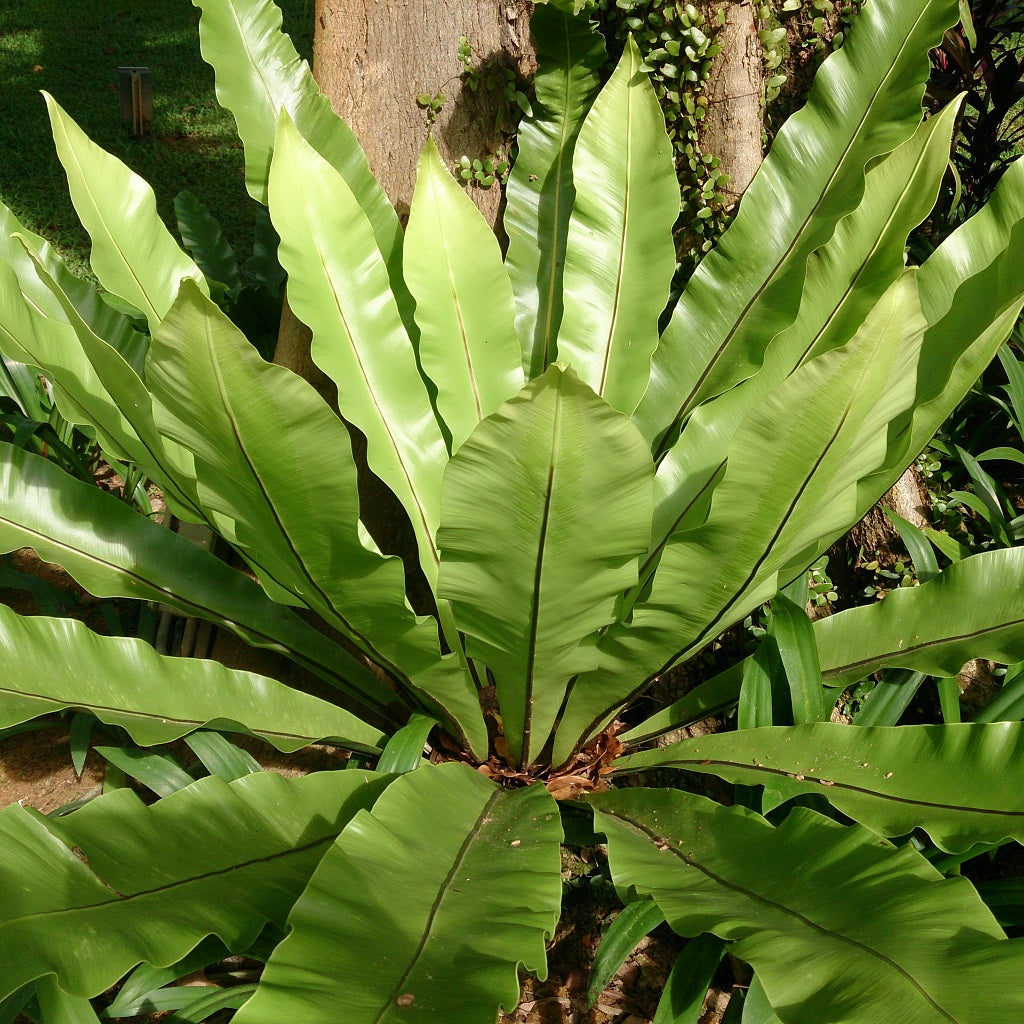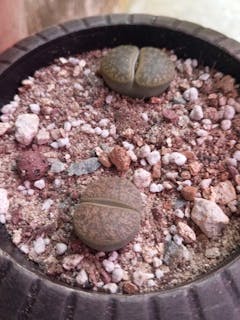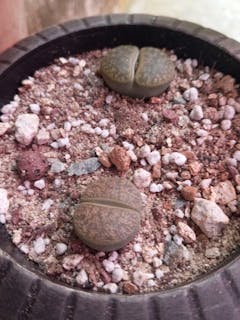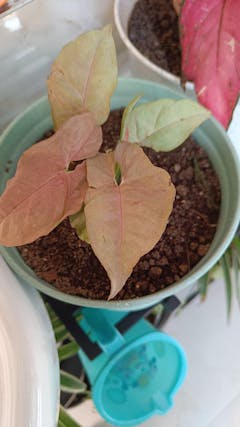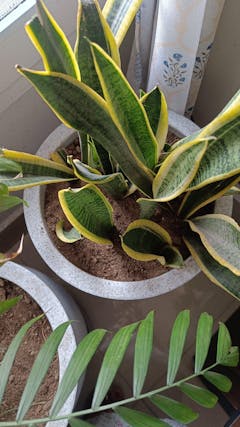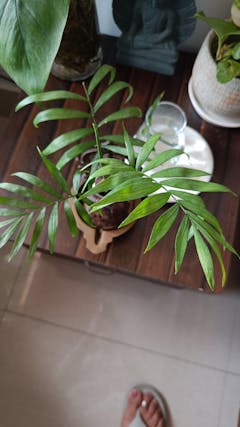Asplenium Nidus
Family
Nephrolepidaceae
Origin
Eastern Asia
Description
The bird s nest fern plant gets its name from the fact that the center of the plant resembles a bird s nest. It is also occasionally called a crow s nest fern. Bird s nest ferns are identified by their flat, wavy or crinkly fronds. A wide variety, this plant has long, thick fronds similar to banana leaves.
Bird s nest fern is an epiphytic fern, which means in the wild it typically grows on other things, like tree trunks or buildings. It can be planted in a container, but can be affixed to planks and hung on a wall much like staghorn ferns.
Environment
Bird s nest ferns grow best in medium to low indirect light. These ferns are often grown for their crinkly leaves and the light they receive will affect how crinkled the leaves are. A bird s nest fern that receives more light, for example, will have more crinkled leaves, while one that receives less light will have flatter leaves. Keep in mind that too much light or direct light will cause the fronds on bird s nest fern to yellow and die.
Landscape Use
The bird's nest fern looks much different and makes an excellent low light houseplant.

